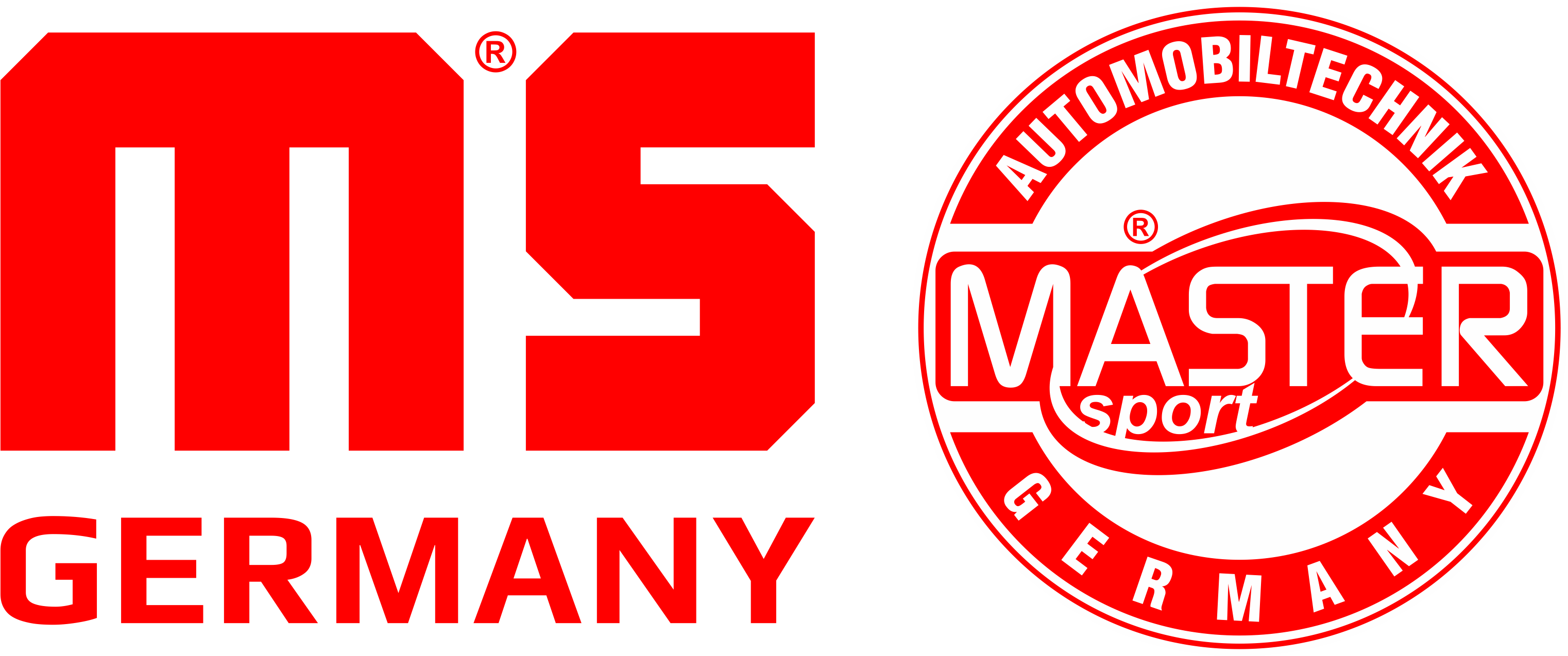Introduction
Regular maintenance of hubs and bearings is a crucial aspect of vehicle care that ensures safe and smooth driving. In this article, we will discuss why hubs and bearings require regular inspections, what maintenance tasks should be performed, and how to extend their lifespan. You will learn how to properly care for these essential components of your car to avoid costly repairs and improve the overall performance of your vehicle.
Why is hub and bearing maintenance important?
Bearings and wheel hubs play a key role in the functioning of any vehicle. They ensure smooth wheel rotation, reduce friction, and prevent wear on other suspension components. Regular maintenance of bearings and hubs is essential to prevent premature wear and failures that can lead to serious handling issues and increased risk of accidents.
What tasks should be performed regularly?
1. Regular Lubrication
Lubricating bearings is one of the most important aspects of maintenance. Proper lubrication reduces friction and prevents bearings from overheating. It is recommended to use high-quality greases designed for high-temperature and high-load conditions.
Steps to perform:
- Remove the wheels to access the hubs.
- Remove old grease and clean the bearings and hubs.
- Apply new grease, ensuring that the bearings are thoroughly lubricated.
- Reinstall the wheels and check that everything is properly secured.
2. Regular Inspections
Regular inspections of bearings and hubs allow early detection of potential issues before they become serious. During inspections, check for play in the bearings, unusual noises, and signs of corrosion.
Steps to perform:
- Avoid driving in extreme conditions that can accelerate bearing wear.
- Regularly check the condition of bearings and hubs during routine vehicle inspections.
- Listen for unusual noises, such as humming or squeaking, which may indicate problems with the bearings.
3. Replacing Worn Bearings
If you notice that the bearings are worn during inspections, they should be replaced as soon as possible. Worn bearings can lead to serious damage to other suspension and undercarriage components.
Steps to perform:
- Avoid driving further if you notice any issues with the bearings.
- Consult a mechanic for a professional diagnosis of the bearings’ condition.
- Replace worn bearings with new, high-quality components.
4. Avoiding Extreme Conditions
Extreme conditions, such as driving on very rough roads, can accelerate the wear of bearings and hubs. Try to avoid such conditions to extend the life of your bearings.
Steps to perform:
- Avoid driving on uneven, rocky roads if possible.
- If you must drive in difficult conditions, drive carefully and avoid sudden maneuvers that can strain the bearings.
How to extend the lifespan of bearings?
1. Choosing High-Quality Bearings
Investing in high-quality bearings is key to their longevity. Choose bearings from reputable manufacturers that are designed to perform in harsh conditions.
Steps to perform:
- Before purchasing, check the specifications of the bearings to ensure they are suitable for your vehicle.
- Choose bearings from well-known brands that have a good reputation among mechanics and users.
2. Regular Cleaning
Regular cleaning of bearings and hubs helps remove contaminants that can lead to premature wear. Make sure all components are free of dirt and corrosion.
Steps to perform:
- Regularly wash your vehicle, paying special attention to the wheels and hubs.
- Use appropriate cleaning agents that do not damage the bearings and hubs.
3. Checking Seal Conditions
Seals around the hubs and bearings prevent dirt and moisture from entering. Regularly check the condition of the seals and replace them if they are worn or damaged.
Steps to perform:
- Inspect the seals during each bearing check.
- Replace the seals as soon as you notice signs of wear or damage.
Conclusion
Regular maintenance of hubs and bearings is essential for ensuring safe and smooth driving. By performing regular inspections, lubrication, and timely replacement of worn bearings, you can significantly extend the lifespan of these critical components. Following simple rules and recommendations, you can avoid costly repairs and provide your vehicle with the best operating conditions.


